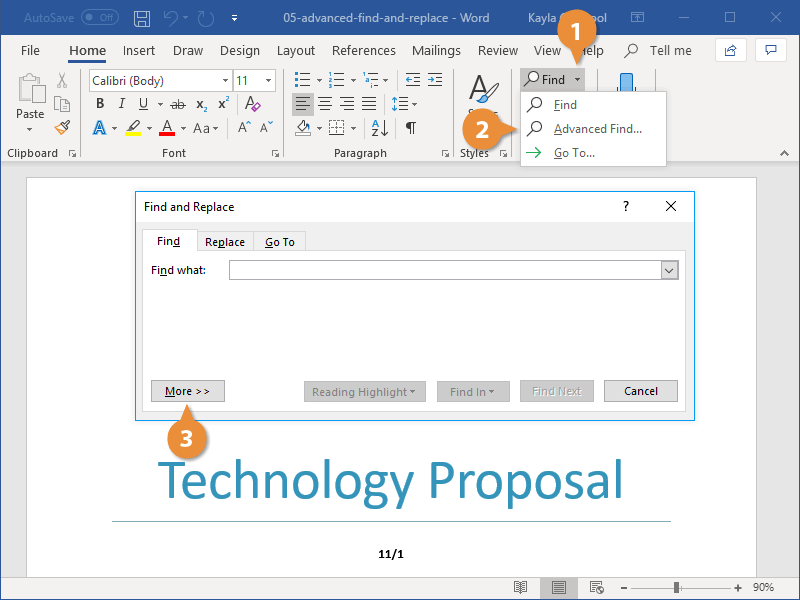
- #Reference card for microsoft word symbols software
- #Reference card for microsoft word symbols windows
#Reference card for microsoft word symbols software

SM910000 with the fullwidth attribute set) is explicitly mapped to U+266C, and likewise shows two semiquavers. In the specification for IBM Japanese Host code, SM910080 (i.e. Mapping as shown to the beamed quavers follows data provided by the Unicode Consortium. ^ In IBM's GCGID system of character IDs, this is SM910000, simply annotated as "Two Musical Notes" however, the reference glyph shows two beamed semiquavers.^ 0 draws a blank space, but usage as the C string terminator means it is more accurately translated as NUL.Many printers were also unable to print these characters. For instance, many methods of outputting text on the original IBM PC would interpret the codes for BEL, BS, CR and LF. Instead, they will interpret them as control characters. See also the notes below, as there are multiple equivalent Unicode characters for some code points.Īlthough the ROM provides a graphic for all 256 different possible 8-bit codes, some APIs will not print some code points, in particular the range 0-31 and the code at 127. A tooltip, generally available only when one points to the immediate left of the character, shows the Unicode code point name and the decimal Alt code. Each character is shown with its equivalent Unicode code point (when it is not equal to the character's code). When Microsoft switched to their proprietary character sets (such as CP1252) and later Unicode in Windows, the original codes were retained Microsoft added the ability to type a code in the new character set by typing the numpad 0 before the digits. The user could enter a character by holding down the Alt key and entering the three-digit decimal Alt keycode on the numpad and many users memorized the numbers needed for CP437 (or for the similar code page 850).
#Reference card for microsoft word symbols windows
These sets were designed to match 437 as much as possible, for instance sharing the code points for many of the line-drawing characters, while still allowing text in a local language to be displayed.Ī legacy of code page 437 is the number combinations used in Windows Alt keycodes. Various Eastern European PCs used different character sets, sometimes user-selectable via jumpers or CMOS setup.

All 256 codes were assigned a graphical character in ROM, including the codes from 0 to 31 that were reserved in ASCII for non-graphical control characters. Īll these display adapters have text modes in which each character cell contains an 8-bit character code point (see details), giving 256 possible values for graphic characters. The IBM Enhanced Graphics Adapter (EGA) contained an 8×14 pixels-per-character version, and the VGA contained a 9×16 version. The original IBM PC contained this font as a 9×14 pixels-per-character font stored in the ROM of the IBM Monochrome Display Adapter (MDA) and an 8×8 pixels-per-character font of the Color Graphics Adapter ( CGA) cards.


 0 kommentar(er)
0 kommentar(er)
